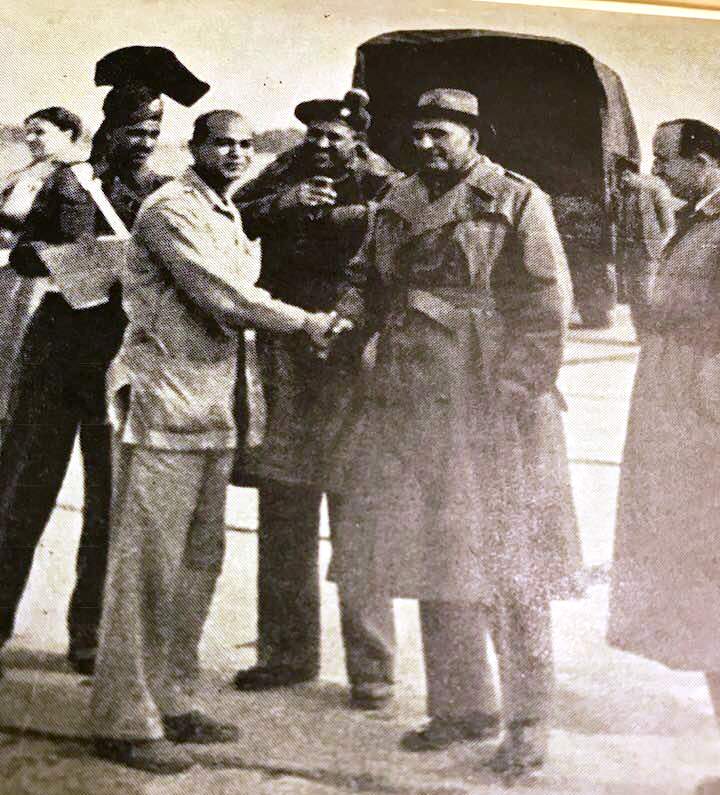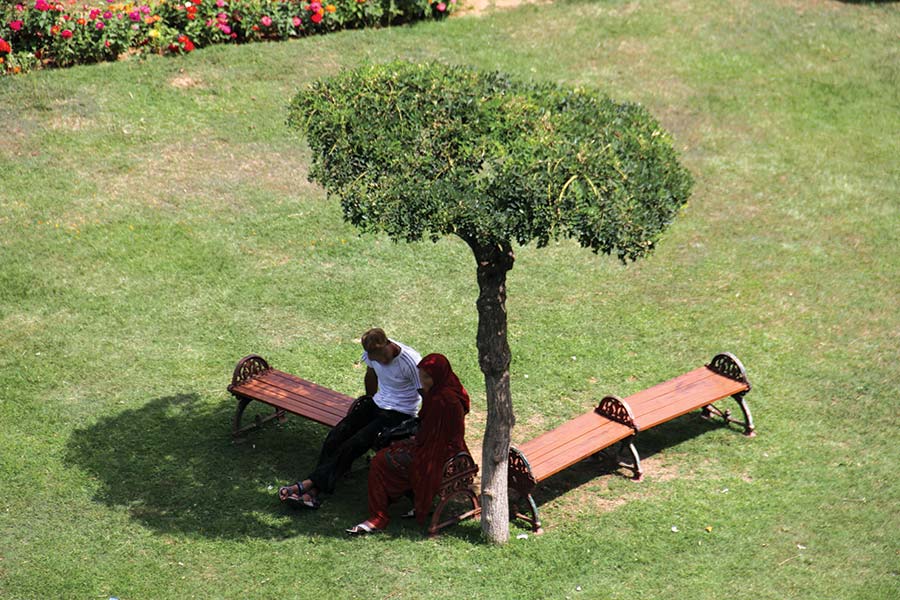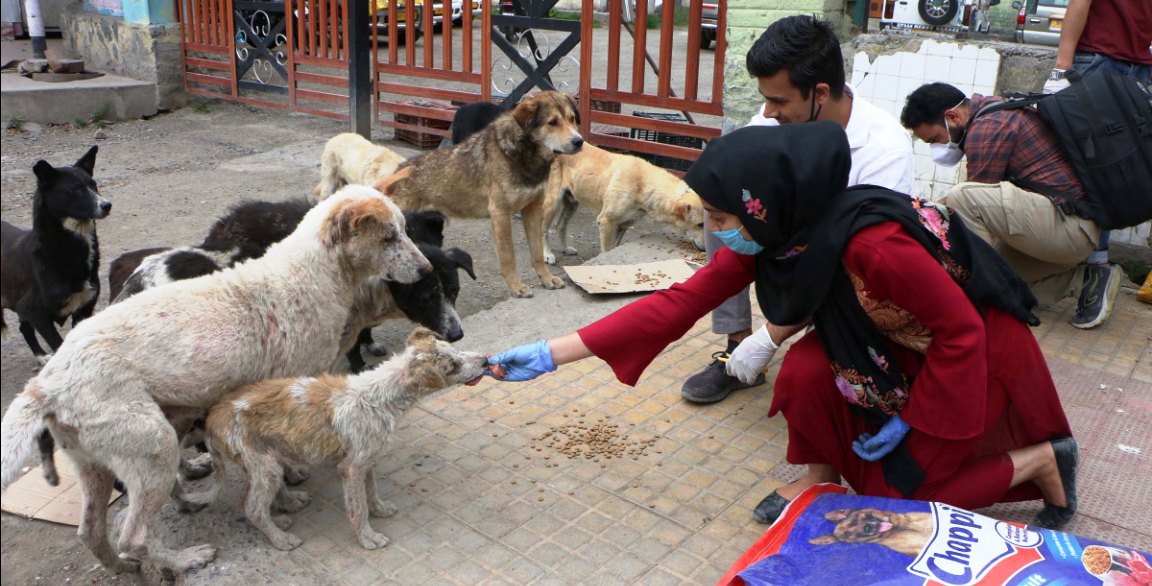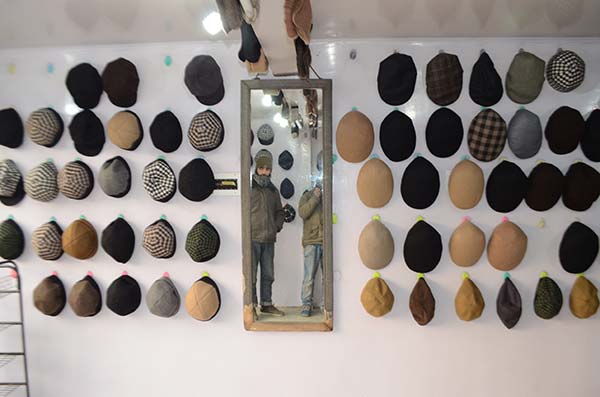by Masood Hussain
SRINAGAR: The death of Air Marshal Asgar Khan has triggered a chain of mournings and remembrances on the social websites. The reason: Pakistan’s first Air Chief was a Kashmir born, Kashmir bred pilot.

Khan died in Pakistan on Friday at 96. He died of heart attack and had been undergoing treatment for some chest infection for a long time. Brought up at Srinagar, Khan was educated at Atchison College, Lahore. At the time of the partition, he was part of Pakistan air force. He was commissioned into India army in 1940 though he was a soldier since 1933.
Khan’s cousins still live in Kashmir and Jammu. He belonged to the influential Afridis who served the Dogra rulers for at least three generations.
“Air Marshal Asghar Khan, an illustrious son of Jammu & Kashmir passed away in Islamabad at the ripe age of 97 years,” former bureaucrat and culture activist Salim Beg wrote on Facebook. “Born in Jammu to Brig Rahmatullah of Maharaja Kashmir’s Army he was the first Pakistani Chief of Air Force. Politics apart, it should be matter of pride for the land he belonged to and who served the adopted country to the best of his abilities, an attribute of a true soldier.”

A few hours after the post, Beg was up again on his wall with added information. “The family left behind two Dodge salon cars in Srinagar,” Beg wrote. “These were confiscated by the new Kashmir Government as evacuee property. One car was then used by Jenab Sheikh Saheb as Prime Minister. This must have been taken away from him after his arrest in 1953. Sheikh Saheb had a Plymoth as his family car after his release from prison. Another car was taken by Mr. D P Dhar, Deputy Home Minister of the then Government. Dhar Saheb seems to have retained the car till very late after which it must have been junked.”
The information perhaps was shared by “a family member of Brigadier Rematullah khan and a respectable friend” who also revealed how Pandit Nehru and Air Marshal Arjun Singh, Khan’s batch-mate, helped Brigadier Rehamtullah Khan and his family to fly out of Srinagar by sending them a Dakota aircraft.
Khans’ had a huge landed estate. In Srinagar’s Bagh-e-Mehtaab, Dalgate, Batamaloo, Barzalla and various other places in Kashmir periphery, they had vast swathes of land and plus bungalows. They also owned a major mansion in Jammu’s Mohalla Samanader Khan, a habitation named after their forefather, also a soldier of the Dogra army. They had property in Udhampur as well where one family was devoured by the 1947 massacres.
“Baghi Mehtab is named on his mother and Govt has developed the land in a Govt colony under SDA Srinagar it was an Evacuee property,” another informed person wrote on FB. Added Beg: “A beautiful colonial Banglow beyond Achhabal in Shangas, lastly in possession of Sericulture Dept was also known to be their family resort. Another property at Dalgate If I recall correctly… We know of their properties which were substantial in Srinagar, outskirts and at mountain resorts like achabal.. I as director sericulture got some minor repairs done to their Shangus bungalow in 1996-97.”
But what has come as slightly new information was that the return of Khan’s family was not the handiwork of Nehru and Arjun Singh alone. The family was not permitted to fly to Pakistan simply because of friendship. There was a proper exchange of prisoners actually and it was done with the help of the International Committee of the Red Cross (ICRC).

During the first war over Kashmir between India and Pakistan, an Indian bomber was hit by a Pakistani gunner on December 1, 1947. It was a Harvard T-6 bomber and was hit somewhere in Gurez-Neelam belt. It was Flt Lt Ulrich Anthony D’Cruz piloting the aircraft. Interestingly, the bomber carried a civilian passenger P N Sharma, a reporter for the Bombay weekly Blitz. Both of them were taken as Prisoners of War. Cruz got later got Kirti Chakra, and Sharma authored a book on his captivity.
It was after this aircraft downing that India and Pakistan sought discussing the exchange of prisoners. By then, ICRC had sent Dr Otto Wenger to India and it was his negotiation process that led to the exchange of prisoners.
It was Wenger’s mediation that an IAF Dacota flew the members of Khan’s family from Srinagar airport and landed them at Chaklala Airbase. It was in return of Khan’s family that Sharma and his pilot flew home. The exchange took place on December 1, 1948, almost a year after the bomber fell in Muzaffarabad outskirts. This supplements and not necessarily contradicts the Afridis’s family belief that Air Marshal Arjun Singh actually facilitated Khan’s family in their flight to Pakistan.















